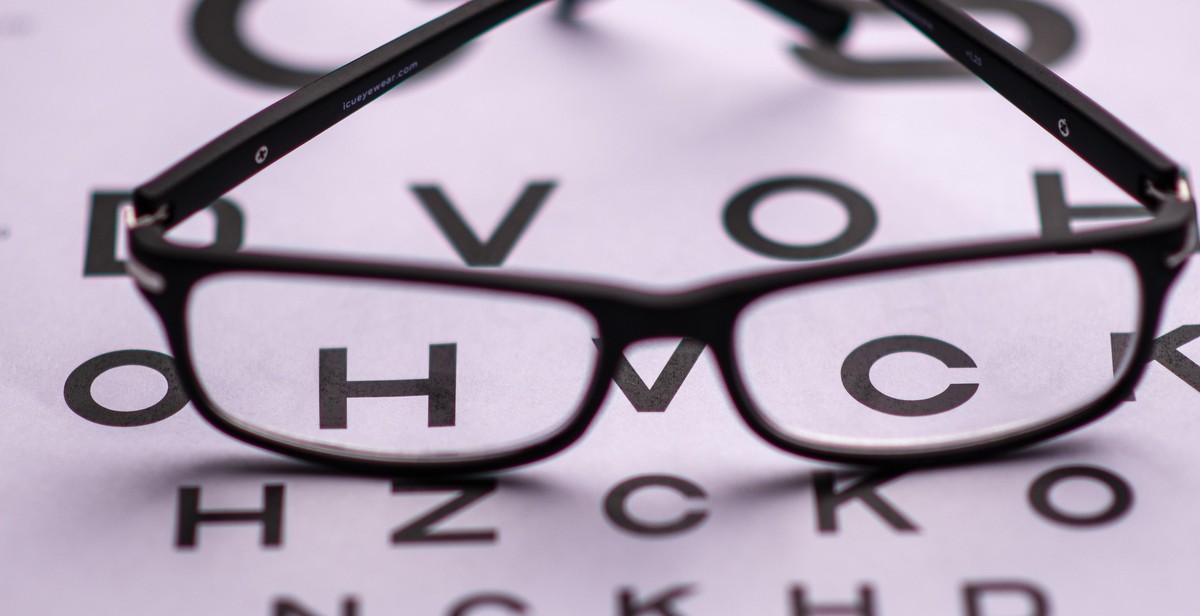How to Implement Effective Patient Communication in a Hospital Setting
Communication is a critical aspect of healthcare delivery, and it is especially important in a hospital setting. Effective communication between healthcare providers and patients can lead to better outcomes, increased patient satisfaction, and improved patient safety. However, communication breakdowns are common in hospitals, which can lead to medical errors, patient dissatisfaction, and even legal issues.
To avoid these issues, hospitals must implement effective patient communication strategies. This article will explore some of the best practices for communicating with patients in a hospital setting. We will discuss the importance of clear communication, active listening, and empathy. We will also explore various communication tools and technologies that can be used to improve patient communication, including patient portals and telehealth.
The Importance of Clear Communication
Clear communication is essential in a hospital setting. Patients need to understand their medical conditions, treatment options, and medication instructions. Healthcare providers must communicate this information in a way that patients can understand. This requires using plain language and avoiding medical jargon.
Active Listening and Empathy
Active listening and empathy are also critical in patient communication. Patients want to feel heard and understood. Healthcare providers must take the time to listen to their concerns and show empathy for their situation.
Communication Tools and Technologies
Hospitals can also use various communication tools and technologies to improve patient communication. Patient portals allow patients to access their medical records and communicate with their healthcare providers. Telehealth enables remote consultations and follow-up appointments, which can be especially beneficial for patients who live far away from the hospital.
In conclusion, effective patient communication is vital in a hospital setting. By using clear communication, active listening, empathy, and communication tools and technologies, hospitals can improve patient outcomes, satisfaction, and safety.
Why Effective Patient Communication is Important
Effective patient communication is a crucial aspect of healthcare delivery that cannot be overemphasized. It is the cornerstone of building a strong and positive relationship between healthcare providers and patients. Effective communication helps to improve patient outcomes, reduce medical errors, and increase patient satisfaction.
Improves Patient Outcomes
Effective patient communication plays a significant role in improving patient outcomes. When healthcare providers communicate effectively with their patients, they can better understand their patients’ needs, concerns, and medical history. This information helps healthcare providers to make informed decisions about their patients’ care, leading to better health outcomes. For instance, patients who receive clear and concise instructions about their medication are more likely to adhere to their treatment regimen, leading to better health outcomes.
Reduces Medical Errors
Medical errors are a significant concern in the healthcare industry. These errors can lead to serious consequences, including injury and death. Effective patient communication can help to reduce medical errors. When healthcare providers communicate effectively with their patients, they can identify potential errors and take steps to prevent them. For example, when patients are given clear instructions on how to take their medication, they are less likely to take the wrong dosage or miss a dose, reducing the risk of medication errors.
Increases Patient Satisfaction
Effective patient communication is also essential for increasing patient satisfaction. When healthcare providers communicate effectively with their patients, they build trust, establish rapport, and create a positive relationship. Patients who feel heard, understood, and respected are more likely to be satisfied with their healthcare experience. Moreover, effective communication helps to reduce patient anxiety and fear, leading to a more positive overall experience.
In conclusion, effective patient communication is critical to improving patient outcomes, reducing medical errors, and increasing patient satisfaction. It is essential for healthcare providers to prioritize effective communication with their patients to ensure the best possible healthcare outcomes.

Barriers to Effective Patient Communication
Effective patient communication is crucial in ensuring that patients receive quality healthcare services. However, several barriers may hinder effective communication between healthcare providers and patients. These barriers include:
1. Language and Cultural Barriers
Language and cultural differences can significantly affect the quality of patient communication. Patients who do not speak the same language as their healthcare providers may find it difficult to understand medical terms or express their concerns adequately. Similarly, cultural differences may affect the patient’s perception of healthcare and influence their behavior during treatment. Healthcare providers must, therefore, be sensitive to the patient’s cultural background and language needs to ensure effective communication.
2. Limited Time and Resources
Healthcare providers often have limited time to interact with patients due to the high patient-to-provider ratio in hospitals. This limited time may hinder effective communication between healthcare providers and patients, leading to incomplete medical histories, miscommunication of treatment plans, and missed opportunities for patient education. In addition, limited resources such as outdated medical equipment, inadequate staffing, and poor infrastructure may also affect the quality of patient communication.
3. Health Literacy
Health literacy refers to the ability of patients to understand and apply health information to make informed decisions about their healthcare. Low health literacy levels may hinder effective communication between healthcare providers and patients, leading to misunderstandings, non-adherence to treatment plans, and poor health outcomes. Patients with low health literacy may find it difficult to understand medical terminologies or follow complex treatment plans, leading to poor communication with healthcare providers.
| Barrier | Description |
|---|---|
| Language and Cultural Barriers | Differences in language and culture affecting patient communication |
| Limited Time and Resources | Lack of adequate time and resources hindering effective communication |
| Health Literacy | Poor understanding and application of health information affecting communication |
Overcoming these barriers requires a multifaceted approach that involves the adoption of patient-centered communication strategies, cultural sensitivity training for healthcare providers, and the use of patient-friendly language and communication tools. Healthcare providers must also allocate adequate time and resources to patient communication and invest in patient education programs to improve health literacy levels.

Strategies for Effective Patient Communication
Effective communication with patients is crucial for providing quality healthcare services. Here are some strategies that healthcare providers can use to improve patient communication:
Active Listening
Active listening is a crucial component of effective communication with patients. Healthcare providers should listen to their patients carefully and attentively to understand their concerns and needs. This involves maintaining eye contact, asking relevant questions, and providing feedback to show that you are engaged and interested.
Empathy and Compassion
Healthcare providers should demonstrate empathy and compassion towards their patients. This involves understanding and acknowledging their feelings and emotions. Patients are more likely to trust and feel comfortable with healthcare providers who demonstrate empathy and compassion.
Clear and Concise Language
Using clear and concise language is essential for effective communication with patients. Healthcare providers should avoid using medical jargon or technical terms that patients may not understand. Instead, they should use simple language and explain medical terms in a way that patients can understand.
Visual Aids and Written Materials
Visual aids and written materials can improve patient communication by providing patients with visual representations of medical information. This can include diagrams, charts, and brochures. These materials can help patients understand complex medical information and remember important details.
Patient Education and Follow-up
Patient education is an essential component of effective communication with patients. Healthcare providers should educate patients on their medical conditions, treatment options, and preventive measures. Follow-up communication with patients is also crucial to ensure that they understand their medical conditions and treatment plans.
| Strategy | Description |
|---|---|
| Active Listening | Listening attentively to patients to understand their concerns and needs |
| Empathy and Compassion | Demonstrating understanding and acknowledging patients’ feelings and emotions |
| Clear and Concise Language | Using simple language and explaining medical terms in a way that patients can understand |
| Visual Aids and Written Materials | Providing patients with visual representations of medical information to aid understanding and retention |
| Patient Education and Follow-up | Providing patient education and following up with patients to ensure understanding of medical conditions and treatment plans |
Training for Effective Patient Communication
Effective communication is a critical aspect of healthcare delivery, and it is essential that healthcare providers are equipped with the necessary skills to communicate effectively with patients. Training programs for effective patient communication can help healthcare providers improve their communication skills, cultural competency, and health literacy.
Communication Skills Training
Communication skills training is designed to help healthcare providers communicate effectively with patients, families, and colleagues. This training program focuses on developing active listening skills, empathy, and effective verbal and nonverbal communication skills. Healthcare providers who undergo communication skills training are better equipped to handle difficult conversations with patients and their families, which can lead to better patient outcomes.
Cultural Competency Training
Cultural competency training is designed to help healthcare providers understand and appreciate the cultural differences that exist among patients. This training program focuses on developing skills and knowledge to navigate cultural differences, communicate effectively with patients from different cultures, and provide culturally responsive care. Healthcare providers who undergo cultural competency training are better equipped to provide patient-centered care that is sensitive to the cultural needs of their patients.
Health Literacy Training
Health literacy training is designed to help healthcare providers communicate health information effectively to patients with limited health literacy skills. This training program focuses on developing skills to simplify health information, use plain language, and engage patients in their care. Healthcare providers who undergo health literacy training are better equipped to help patients understand their health conditions, treatment options, and medication instructions, which can lead to better health outcomes.
| Training Program | Benefits |
|---|---|
| Communication Skills Training |
|
| Cultural Competency Training |
|
| Health Literacy Training |
|
Conclusion
Effective communication is the cornerstone of successful healthcare delivery. In a hospital setting, it is crucial to implement patient communication strategies that promote patient engagement, satisfaction, and safety. By following the best practices outlined in this article, healthcare providers can ensure that their patients receive the best care possible.
Key Takeaways
- Effective patient communication is essential for delivering high-quality care.
- Healthcare providers must establish trust with their patients to promote open and honest communication.
- Clear and concise communication is necessary to ensure patient understanding and compliance.
- Technology can be an effective tool for improving patient communication and engagement.
- Healthcare providers must continuously evaluate and improve their patient communication strategies to stay current with best practices.
Final Thoughts
Implementing effective patient communication strategies in a hospital setting is a multifaceted process that requires a commitment to continuous improvement. By prioritizing patient engagement, trust, and safety, healthcare providers can establish strong patient-provider relationships that promote better health outcomes. With the right tools, technology, and training, healthcare providers can deliver the highest quality of care to their patients and set themselves apart as leaders in the healthcare field.
